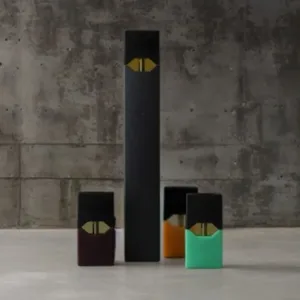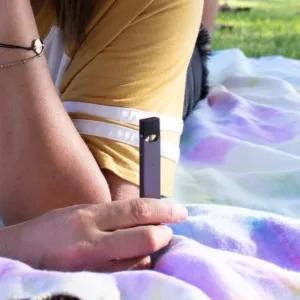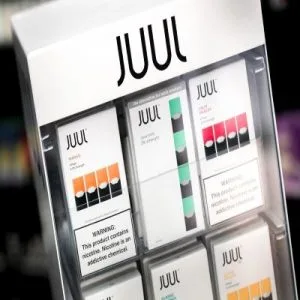Big Vape: The Rise and Fall of Juul Series – Full Summary and Review
Follow Along with Canada Vapes as we watch The Rise and Fall of Juul. Episode 1: The Spark Episode one of “The Rise and Fall of Juul” starts us off with introducing us to the founders of Juul and how their product came to be. James Monsees and Adam Bowen had one thing in common–their … Read more




